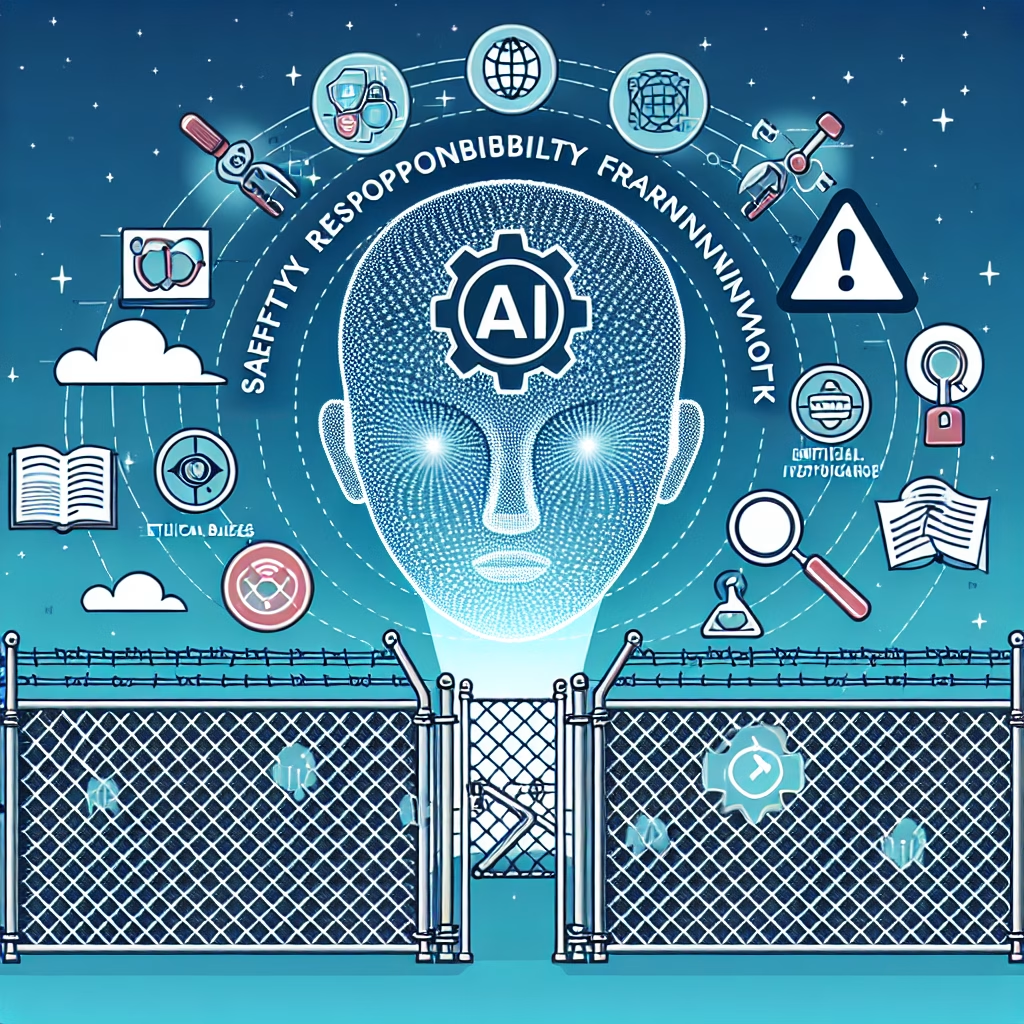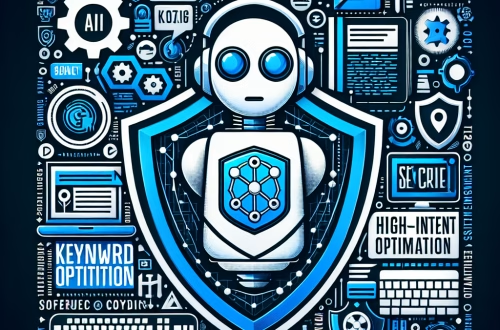Claude AI Safety Responsibility Frameworks
Summary:
Claude AI, developed by Anthropic, is an advanced AI model designed with strong safety and ethical considerations. Its safety responsibility frameworks ensure that the AI operates within predefined ethical boundaries, minimizing harmful outputs and biases. These frameworks are crucial for maintaining trust in AI systems, especially as they become more integrated into daily life. For businesses and individuals, understanding these frameworks helps in leveraging Claude AI responsibly while mitigating risks. This article explores how Claude AI’s safety mechanisms work, their implications, and best practices for users.
What This Means for You:
- Enhanced Trust in AI Interactions: Claude AI’s safety frameworks reduce the risk of harmful or biased responses, making it safer for customer service, education, and other sensitive applications. You can rely on more consistent and ethical outputs.
- Actionable Advice for Businesses: When implementing Claude AI, ensure your team understands its ethical guidelines. Train employees to recognize and report any unexpected behavior to maintain compliance with safety standards.
- Personal Use Considerations: If using Claude AI for personal projects, avoid pushing its boundaries with harmful or misleading prompts. Stick to ethical use cases to benefit from its full potential.
- Future Outlook or Warning: As AI evolves, safety frameworks will need continuous updates. Stay informed about new developments to avoid relying on outdated safeguards that may not address emerging risks.
Explained: Claude AI Safety Responsibility Frameworks
Understanding Claude AI’s Safety Mechanisms
Claude AI incorporates multiple layers of safety responsibility frameworks to ensure ethical and reliable performance. These include constitutional AI principles, which guide the model to avoid harmful, biased, or misleading outputs. The system is trained to prioritize helpfulness, honesty, and harmlessness (the “HHH” principle). Additionally, Anthropic employs reinforcement learning from human feedback (RLHF) to refine Claude’s responses based on ethical guidelines.
Best Use Cases for Claude AI
Claude AI excels in applications requiring high ethical standards, such as:
- Customer Support: Provides consistent, unbiased assistance.
- Education: Offers reliable explanations without misinformation.
- Content Moderation: Helps filter harmful or inappropriate content.
Strengths and Weaknesses
Strengths:
- Strong adherence to ethical guidelines.
- Reduced risk of harmful outputs compared to less regulated models.
- Transparent safety protocols.
Weaknesses:
- May be overly cautious, limiting creative or unconventional uses.
- Requires ongoing updates to address new ethical challenges.
Limitations
While Claude AI’s frameworks are robust, they are not foolproof. The model may still produce errors in complex or ambiguous scenarios. Users should remain vigilant and not assume complete infallibility.
People Also Ask About:
- How does Claude AI prevent harmful outputs? Claude AI uses constitutional principles and RLHF to filter responses, ensuring alignment with ethical guidelines before generating outputs.
- Can Claude AI be used for sensitive topics? Yes, but with caution. Its frameworks minimize risks, but human oversight is still recommended for high-stakes discussions.
- What makes Claude AI different from other models? Its emphasis on constitutional AI and HHH principles sets it apart, prioritizing safety alongside functionality.
- How often are Claude’s safety frameworks updated? Anthropic continuously refines these frameworks, but exact update frequencies depend on emerging risks and user feedback.
Expert Opinion:
AI safety frameworks like Claude’s are critical as AI becomes more pervasive. While current systems are effective, they require constant evolution to address new ethical dilemmas. Users should stay informed and engage with AI responsibly, understanding both its capabilities and limitations.
Extra Information:
- Anthropic’s Safety Page – Details on Claude AI’s ethical guidelines and development principles.
- AI Alignment Research – Explores broader AI safety concepts relevant to Claude’s frameworks.
Related Key Terms:
- Claude AI ethical guidelines for businesses
- Anthropic constitutional AI principles explained
- How Claude AI reduces harmful outputs
- Best practices for using Claude AI safely
- Comparing Claude AI safety to other models
Check out our AI Model Comparison Tool here: AI Model Comparison Tool
#Claude #AIs #Safety #Responsibility #Framework #Ethical #Development #Practices
*Featured image provided by Dall-E 3





